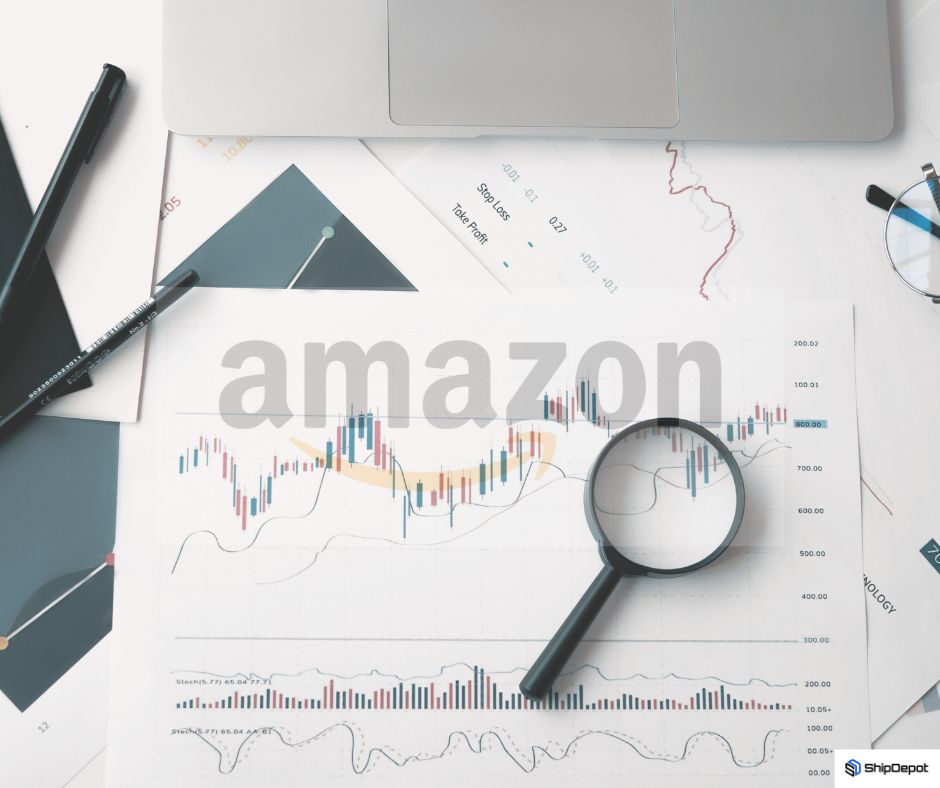-
Amazon Competitor Analysis: Unleashing Your Business’s Full Potential

Hey there, let’s be real. – we all get a little curious about what our competitors are up to. It’s like that classic saying, “Keep your friends close and your enemies closer.” We just want to know what we’re up against and find ways to stay ahead of the game. Plus, who doesn’t love a…
-
The Importance of Data Analytics in Third-Party Logistics

As a 3PL provider, it’s important to keep a close eye on your analytics because they can reveal crucial insights into your operations. By analyzing data such as shipping times, order accuracy, and inventory levels, you can identify areas for improvement and make informed decisions that will help you optimize your processes and maximize efficiency.…